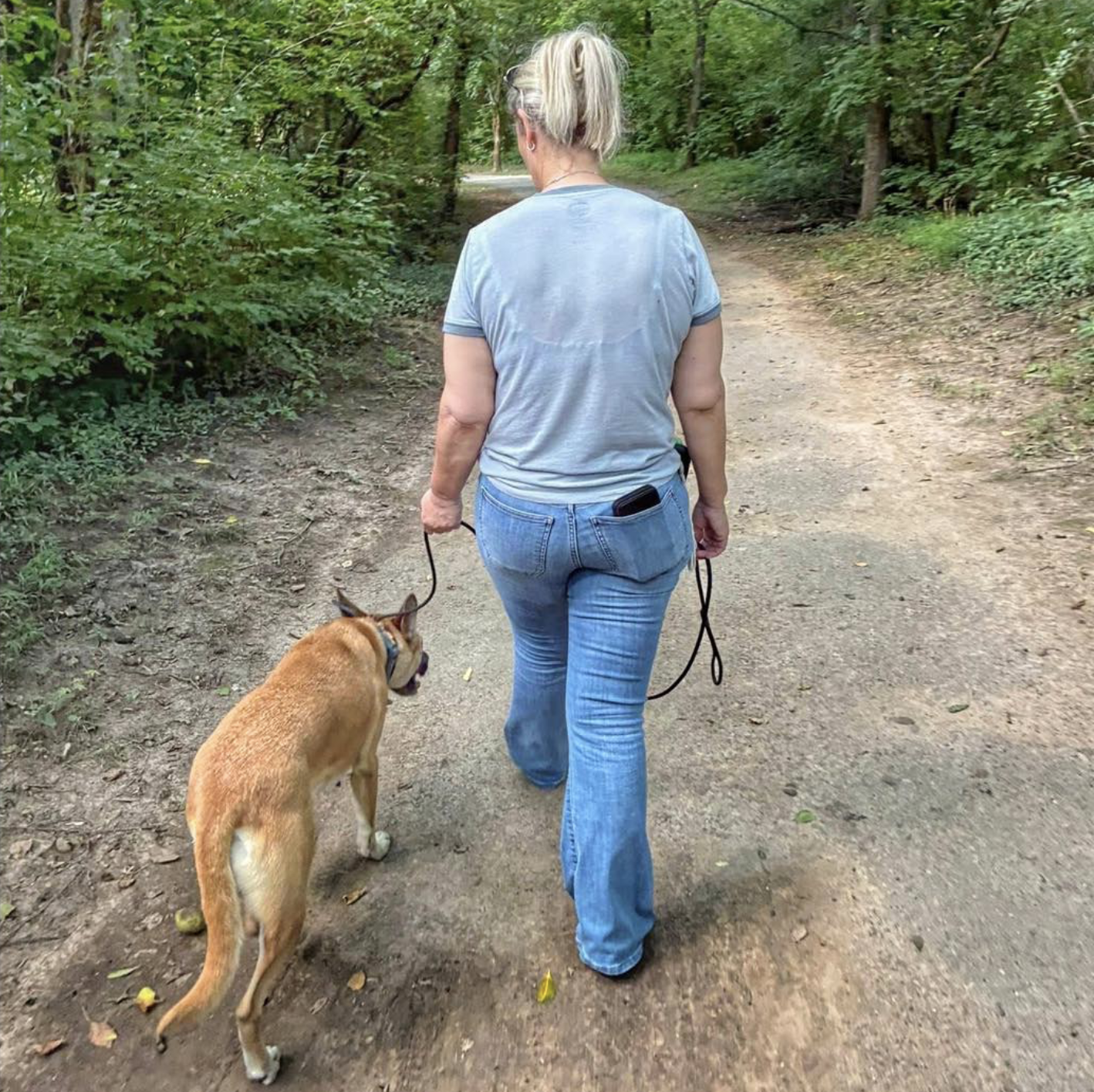
Dogs have lived alongside humans for thousands of years, but despite this close relationship, myths and misunderstandings still surround their behavior, health, and care. Some misconceptions are harmless, but others can influence how we train and look after our pets. By looking at canine science and veterinary research, we can separate fact from fiction.
1. Tail Wagging Always Means Happiness
Not quite. Studies in canine behavior show that tail wagging is a form of communication, not a universal sign of joy. Research from the University of Trento (2007) found that dogs wag their tails asymmetrically depending on emotional state: wagging more to the right is linked to positive feelings, while wagging more to the left can indicate stress or fear. Context and body posture matter far more than wagging alone.
2. Old Dogs Can’t Learn New Tricks
Age may slow physical agility, but it doesn’t erase learning capacity. Cognitive research shows that older dogs retain the ability to form new associations and learn behaviors through positive reinforcement. A 2016 study in Applied Animal Behaviour Science found that senior dogs could learn tasks almost as well as younger dogs, though they may require shorter, more frequent training sessions.
3. A Warm, Dry Nose Means a Dog Is Sick
Veterinarians caution against using nose temperature or moisture as a health indicator. According to the American Veterinary Medical Association (AVMA), nose condition naturally changes throughout the day due to environment, sleep, and hydration. While persistent dryness, cracking, or discharge can signal illness, a warm nose alone is not a reliable diagnostic tool.
4. Dogs Feel Guilty for Misbehavior
The classic “guilty look” is widely misinterpreted. A 2009 study published in Behavioural Processes tested whether dogs display guilt after disobeying commands. Results showed that dogs looked “guilty” more often when scolded—regardless of whether they had actually misbehaved. In other words, the expression reflects appeasement behavior in response to human cues, not true guilt or moral reflection.
5. One Dog Year Equals Seven Human Years
The “7:1 rule” is an oversimplification. Genetic and epigenetic research from the University of California, San Diego (2019) showed that dogs age rapidly in their first two years, then slow down depending on breed size. Small breeds often live longer and age more gradually, while large breeds age faster. Canine aging is a complex biological process, not a fixed ratio.
6. Bones Are Essential for Dental Health
While chewing is important for oral hygiene, bones are risky. Cooked bones can splinter and cause obstructions or injuries, while even raw bones can harbor pathogens. The American Veterinary Dental College (AVDC) warns against bones as dental aids, recommending safer alternatives like rubber chew toys, dental chews approved by the Veterinary Oral Health Council (VOHC), and professional cleanings.
7. Some Breeds Are Naturally Aggressive
Aggression is a behavior, not a trait hardwired to a specific breed. A 2019 study in Scientific Reports found that genetics influence temperament, but environment, socialization, and training play larger roles. Breed stereotypes—such as labeling pit bulls or rottweilers as “aggressive”—ignore the evidence that all dogs can display aggression under certain conditions. Responsible ownership and proper socialization are the key factors in behavior outcomes.
Conclusion
Science continues to debunk myths that shape how we view dogs. By relying on behavioral studies, veterinary guidance, and evidence-based practices, we can better understand our companions. The more accurate our knowledge, the stronger and healthier our bond with dogs becomes—built on truth, not tradition







